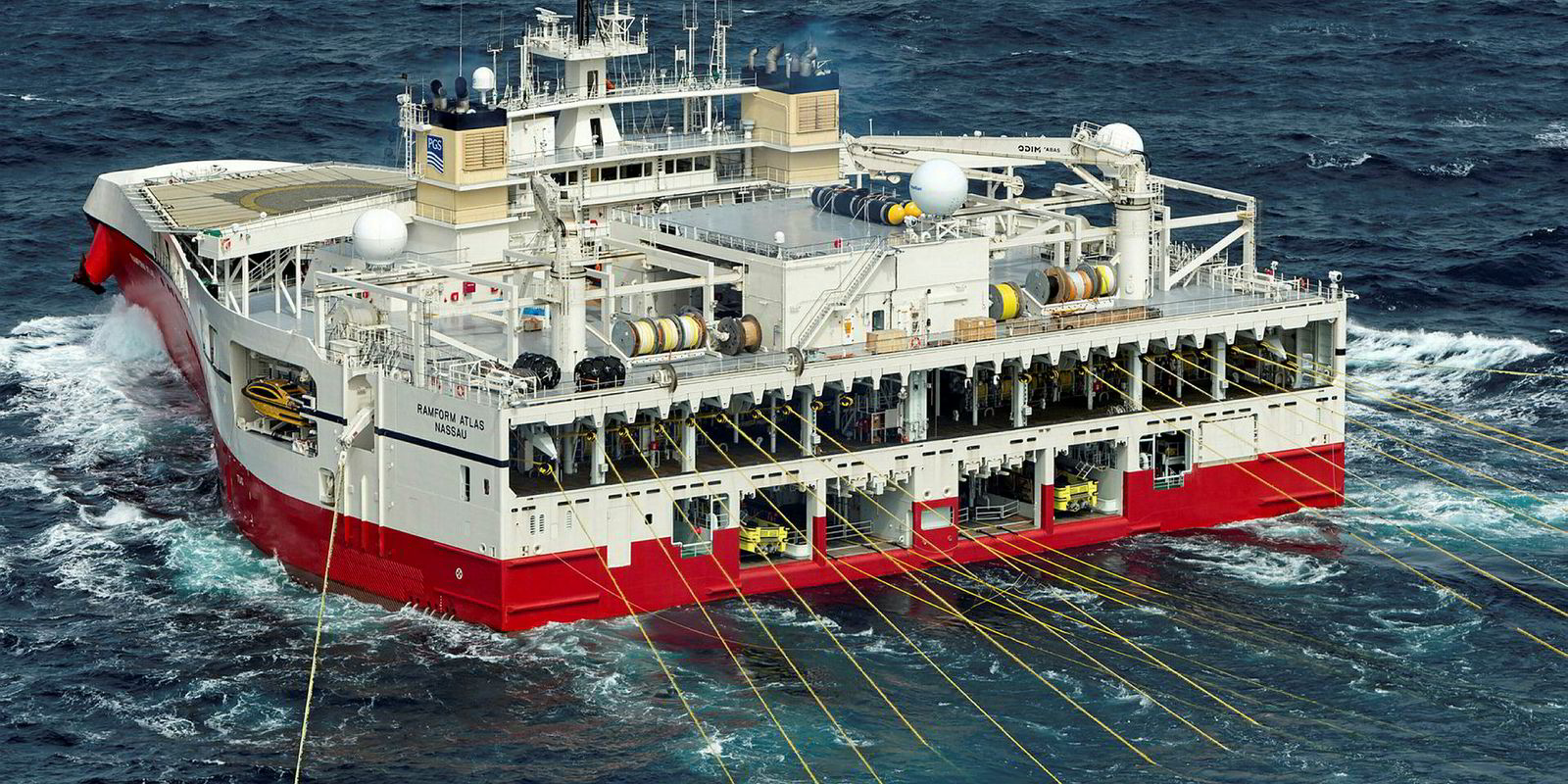Seismic players — the "canaries in the coal mine" for the offshore sector — have been whistling ever-stronger tunes about oil companies’ spending, with Oslo-listed TGS chiming in as the latest one this week.
Erik Tonne, managing director of market analysis at shipbroker Clarksons Platou in Oslo, said the announcement of an expected 47% rise in net revenue for TGS is another good sign of an “offshore recovery in progress” after three years of the harsh downturn.
“The general trend across the seismic sector is that the multi-client sales have continued to strengthen over the last couple of quarters and I look at this as an early signal that things are turning more positive,” Tonne said.
As a share of oil companies’ budgets, seismic services represented a small slice of about 3% in the best of markets before the downturn.
This work is often a necessary first step in any given offshore project, putting seismic on the leading edge of the cycle. As they are the first to fall in bad times and the first to rise in improving markets, seismic companies are widely regarded as the bellwethers of the offshore sectors.
This week, TGS upgraded its net revenue estimate for the upcoming second quarter to about $158m, or 47% above the same quarter of 2017, citing oil companies’ data purchases as the driver.
“Our strong Q2 revenue performance, driven by late sales from our data library, is further evidence of improvement in the global market for seismic data,” TGS chief executive Kristian Johansen said. “Customer activity is significantly higher than one year ago, although E&P [exploration and production] companies are still being selective and disciplined with respect to new data purchases. As such, the market is expected to remain volatile in the near-term.”
Tonne said TGS is not alone in seeing oil companies’ rising interest in data, although it appears to be the first company to talk about second-quarter revenue.
“If you look at the first quarter of 2018, versus last year and the first quarter of 2016, you’ll see that seismic companies, such as TGS, PGS, Schlumberger’s WesternGeco and Spectrum Geo, had multi-client sales as a group that are up by more than 50% from the bottom in 2016,” he said.
“Just reading out of that, we think the oil companies are contemplating increasing exploration activity again, which is generally going to be beneficial for the rig sector and the OSV sector. It’s going to take some time, though.”
Tonne said the few oil companies that publicly state “guided numbers” on exploration wells, along with extracting anecdotal evidence on wells from their press releases, show about a 21% increase from last year for a selection of players that do reveal numbers — Total, Shell, Equinor, Lundin, Aker BP and Petrobras.
“Putting together those two signals [rising multi-client sales and more exploration wells], it does paint a brighter picture,” Tonne said.






